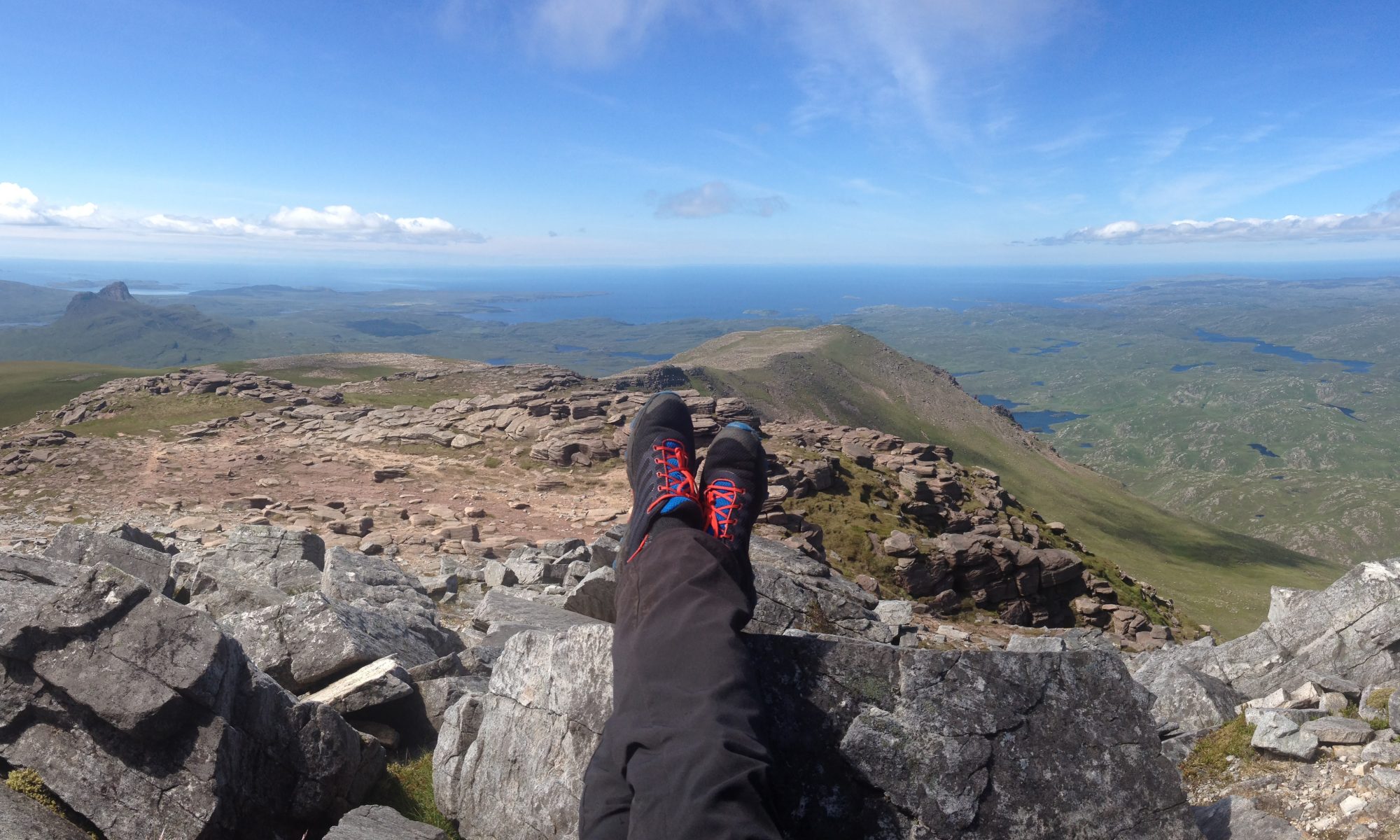It is the final day of the 17th Annual International Sustainable Development Research Conference in New York City and I am trying to get the mixed soup in my head together. The first day was really a shock, as Nina Fedoroff was seriously advocating genetic modified organisms as the future hope for sustainable agriculture. In a similar, although more balanced vein, Klaus Lackner argued for clean energy. Now that might at first not look like a bad thing, and I would surely love to see heavy investment in it. But his underlying assumptions were interesting, as he assumed that energy consumption would rise from 15 TW/a to up to 100 TW/a by the end of the 21st century. There was no hint of doubt that economic growth and consumption would continue as if there were no ecological limits on our finite Planet. Jeffrey Sachs and Klaus Töpfer on this last day restored my faith in sustainability research, just as Lester Brown did yesterday. However, American sustainability research appears to be stuck between a way of thinking European sustainability research discussed 15 years ago and the present needs for degrowth as discussed in Europe today.
On a more concrete level, at least for my research, I got out an important insight. We still cannot answer a simple question: What is a sustainable product? What is a sustainable supply chain? How can we measure sustainability? 666 and more indicators are surely not an answer, and especially not if we want to adress business and their decision makers. In order to overcome this situation, it seems most feasible to me to concentrate on those measure that are “limit-able” i.e. to look for variables that can be assigned a limit from our best scientific knowledge. CO2 is such a variable for which we can attach a limit e.g. 750 Gt until 2050 if we do not want to exceed the 2-degrees-guardrail. Maybe this is also possible for certain material uses or biodiversity. It may even be possible for some social variables, also I cannot come up with an example right now. If such limits can be applied, then it is quite easy with the method of ecological allowance (see the paper on it on this website) to allocate a budget per product, output or service unit for an individual firm and compare this to the numbers from its lifecycle assessment calculation. This will give a clear answer to the question “are we sustainable”?
Also, we have to order sustainability measures in an hierarchical manner. Otherwise we are alluded to concentrate on the ones that we can most easily achieve. The top of the hierarchy are ecological measures because without operating within ecological limits, all other indicators become meaningless. The ecology is the primary source of production, everything we do is a rearrangement of this source and, at best, an organizing factor, as powerful this may be and as sophisticated the final products might become. Then come social limits and their indicators. Without a healthy social context, there can be no production, no economy of any kind. Both ecology and society are the sufficient and necessary conditions for any economic activity. If we know their limits, we can start to economize on them and understand what we are allowed to do economically, if we want to survive in the long run.
